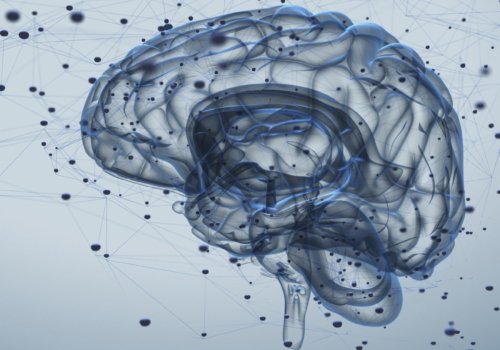
AHS Launches Position Statement about Integrating New Migraine Treatments Into Clinical Practice
The American Headache Society’s statement addresses the need for updated guidance on the preventive and acute treatment of migraine
On December 10, 2018, the American Headache Society launched a position statement to provide healthcare professionals with updated guidance on the integration of novel preventive and acute treatments for migraine into clinical practice. Published in Headache, the paper demonstrates the ongoing commitment of the Society and its members to improving the lives of people with migraine in the ever-changing landscape of research, treatment, and education.
The position statement was written to address the need for updated guidance on the preventive and acute treatment of migraine. Despite the recent groundbreaking advancements in migraine treatment, such as anti-CGRP treatments and neuromodulation devices, there were very few guidelines on how clinicians should incorporate the therapies into clinical practice.
“The Society’s mission is to improve the care and lives of people living with headache disorders,” said AHS President Kathleen Digre, MD, FAHS. “As a headache society that represents neurologists and primary care providers, it was important for us to play an active role in this process.”
The Society surveyed stakeholders such as clinicians, patient advocates and insurance providers to produce a balanced, evidence-based report. While it took time to gather input from every stakeholder and reach a consensus, the result was a position statement that provided tangible guidelines for headache specialists and primary care providers alike.
The 18-page document not only addresses the goals of preventive therapy but also outlines numerous patient factors that providers should take into consideration, such as comorbidities. It is the Society’s goal that the position statement informs practitioners about treatment options available for both migraine prevention and acute headache treatment.
“I hope that the position statement gives credence and guidance to practitioners treating those who live with migraine,” said Dr. Digre. “Ultimately, we advocate for our patients and want them to get the best possible treatment.”
View the updated recommendations for the prevention and acute treatment of migraine, neuromodulation and biobehavioral therapies on the Headache Journal website.


